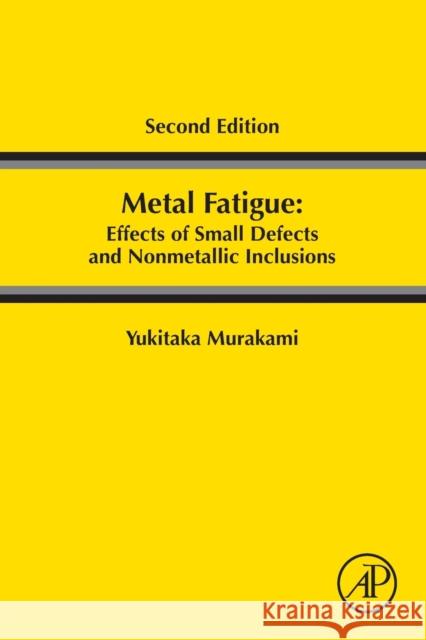Metal Fatigue: Effects of Small Defects and Nonmetallic Inclusions » książka
topmenu
Metal Fatigue: Effects of Small Defects and Nonmetallic Inclusions
ISBN-13: 9780128138762 / Angielski / Miękka / 2019 / 758 str.
Kategorie:
Kategorie BISAC:
Wydawca:
Academic Press
Język:
Angielski
ISBN-13:
9780128138762
Rok wydania:
2019
Ilość stron:
758
Waga:
0.99 kg
Wymiary:
22.91 x 15.19 x 3.84
Oprawa:
Miękka
Wolumenów:
01











